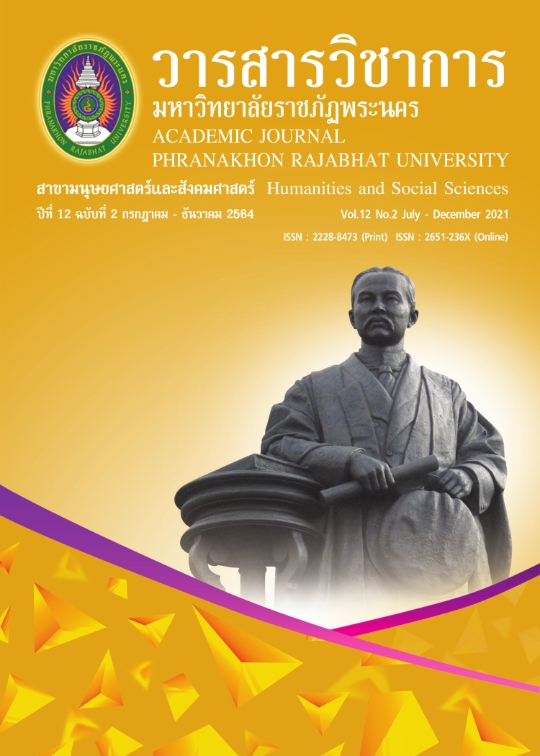POTENTIAL OF GEO-INFORMATICS INDEX FROM HIGH RESOLUTION
Keywords:
Geo-Informatics Index, Potential of Geo-Informatics IndexAbstract
The objectives of this research were to assess the potential of Geo-Informatics index and Geo-Informatics index selection from high resolution satellite data in Thailand. The samples consisted of 17 land uses, 250 stakeholders, land use managers, land use experts, land use officials, land use academicians and 17 Geo-Informatics index management experts. Data were collected by questionnaire and interview form and analyzed by descriptive method and one-way ANOVA. The statistics used for data analysis were percentages, arithmetic mean, standard deviation, F, and t. The finding revealed that most Geo-Informatics index from satellite data and land use potential for management were at a high level, with statistically significant at the level 0.05. The optimum index, selected for the 4 aspects: economics, social, environment and natural resources, academic and research.
References
Cooper, H. & Lindsay, J. J. (1997). Research Synthesis & Meta-analysis. In Bickman, L. & Rog, D. J. (eds). Handbook of Applied Social Research Method. California: Sage Publication.
Jamornmann, U. (2001). The Research and Development OF Indicators, Criteria and Techniques for Internal and External Assessment in Thai Universities. Bangkok: The Thailand Research Fund. (in Thai)
Lizarazo, I. (2014). Urban Land Cover & Land Use Classification Using High Spatial Resolution Images & Spatial Metrics. Proceedings Workshop of the EARSeL SIG on Land Use & Land Cover. 2: 292-298.
OECD. (1994). Environmental Indicators. Paris: Organisation for Economic Cooperation & Development.
Office of the National Economic and Social Development Council. (2007). Sustainable Development Goals. Bangkok: Office of the National Economic and Social Development Council. (in Thai)
Segnestam, L. (2002). Indicators of Environment & Sustainable Development: Theories & Practical Experiences. Washington D.C.: The World Bank Environment Department.
Seyyed, B. H.; Ali, S.; Mohammad, H. N. G.; Hossein, S.; & Alireza, F. (2019) Land-Use/Land Cover Classification Analysis Using Pixel Based Methods: Case of Tarom City, Iran. International Transaction Journal of Engineering, Management, & Applied Sciences & Technologies. 10(12): 1-13.
Srisa-ard, B. (2002). Preliminary Research. Bangkok: Suveiriyasarn. (in Thai)
Surya, C.; Ramadhan, K.; Suprihatin; Suria, D.; Tarigan, & Hefni, E. (2019) Land Use Classification Based on Object and Pixel Using Landsat 8 OLI in Kendari City, Southeast Sulawesi Province, Indonesia. Earth and Environmental Science. 284: 1-10.
The National Research Council of Thailand. (2016). Draft of the Ninth National Research Policy and Strategy (2017-2021). Bangkok: The National Research Council of Thailand. (in Thai)
Thongtip, U. (2015). Remote Sensing Lab. Bangkok: Phranakhon Rajabhat University. (in Thai)
Yothongyot, M. & Swadesan, P. (2014). Sample Size Determination for Research. Bangkok: Research and Creative Activity Support Office. (in Thai)
Downloads
Published
How to Cite
Issue
Section
License
"บทความวิชาการในวารสารฉบับนี้ ถือเป็นความรับผิดชอบของผู้เขียนเท่านั้น"
สงวนลิขสิทธิ์ตามพระราชบัญญัติลิขสิทธิ์




